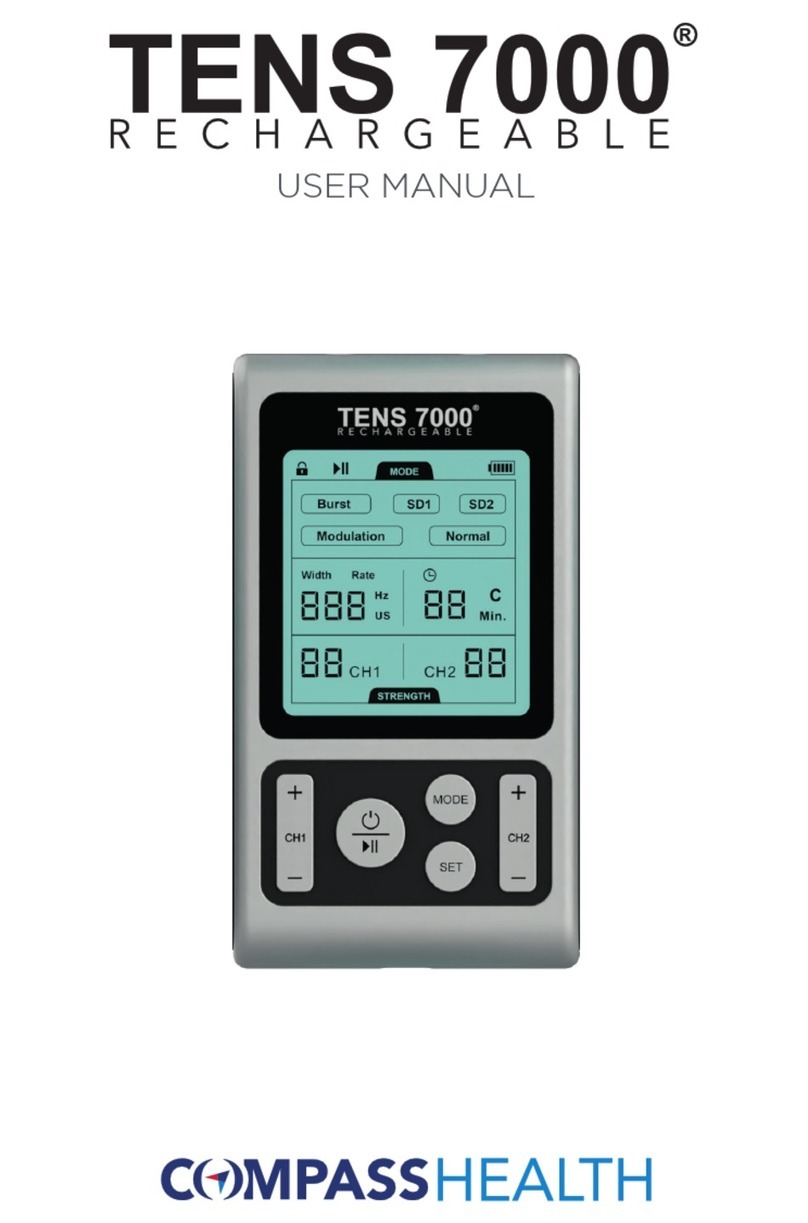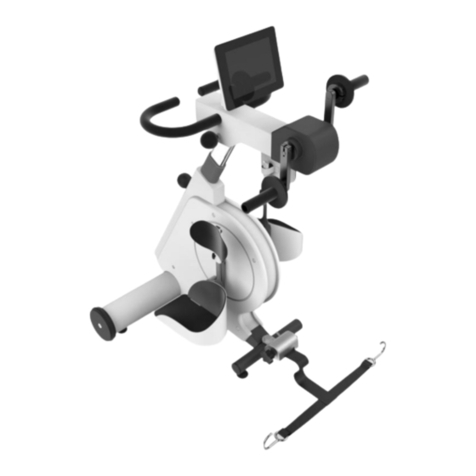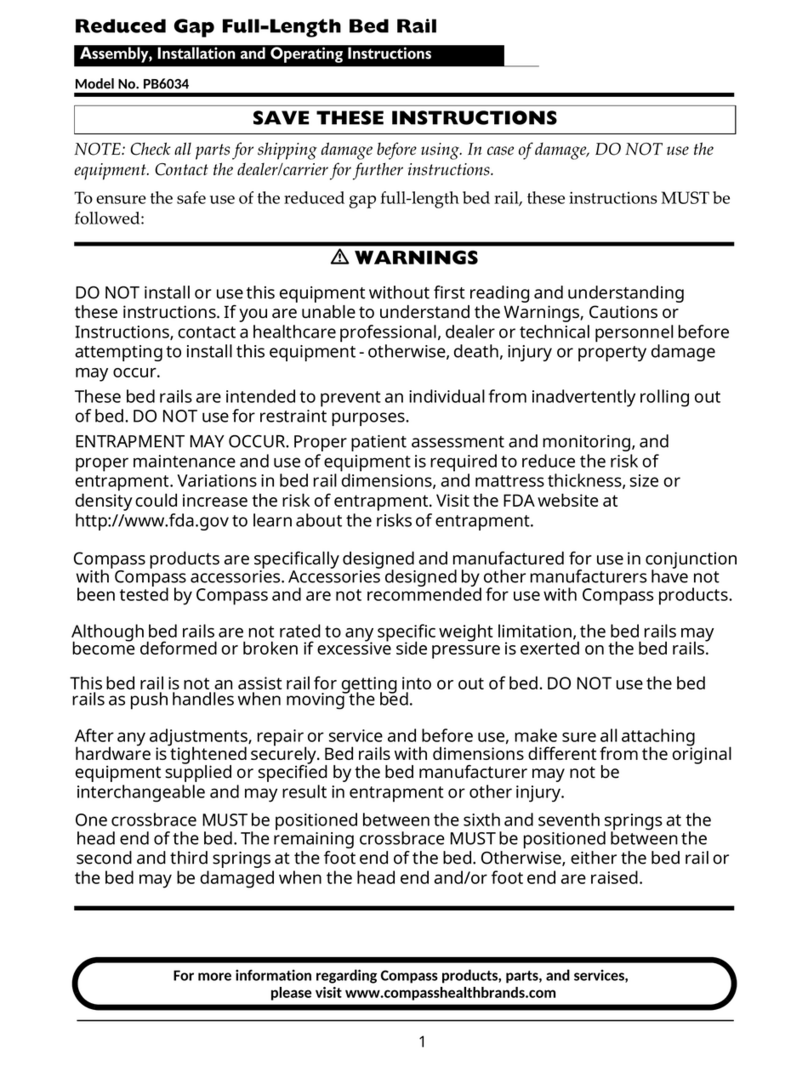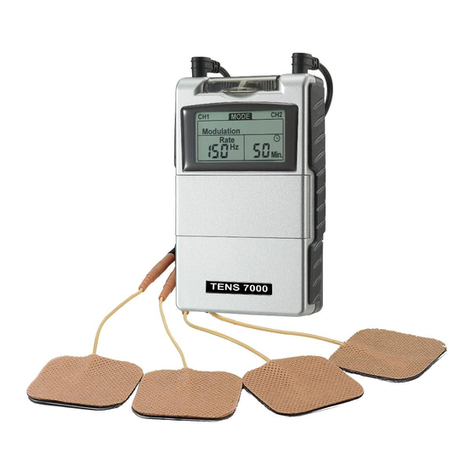
6
• ALWAYS unplug immediately after each use and keep unplugged when not in use.
DO NOT run this product unattended.
• This device is to be used ONLY in accordance with the prescription of a physician and
this user manual. If at any time the patient or attendant determines insufcient oxygen
is being delivered, contact the provider and/or physician immediately. DO NOT make
adjustments to the ow rate UNLESS prescribed by a physician.
• Close supervision is necessary when this device is used by or near children and
physically or mentally impaired persons.
• If the electrical power source becomes unstable, discontinue use immediately and nd
an alternate power source.
• ONLY use stable and safe electrical power sources.
• NEVER block air openings of the oxygen concentrator or place it where the air
openings may be obstructed. Keep the openings free from lint, hair, dust, etc.
• ALWAYS place the oxygen concentrator at least 4 inches away from walls, draperies,
furniture, or similar surfaces. ALWAYS avoid deep pile carpets and heaters, radiators or
hot air registers.
• NEVER drop or insert any object into any opening.
• DO NOT place the device in a conned area.
• The oxygen concentrator MUST be kept away from heat, re, and excessive water
sources and conditions at ALL times.
• DO NOT place items on top of the oxygen concentrator.
• NEVER use the oxygen concentrator in the presence of pollutants or fumes. The air
intake and exhaust should be well-ventilated.
• DO NOT connect the oxygen concentrator in parallel or series with other oxygen
concentrators or oxygen therapy devices.
• ALWAYS keep oxygen concentrator at least 10 feet away from wireless communication
equipment such as wi- network devices, mobile phones, cordless phones and base
stations, walkie-talkies, etc.
• DO NOT bring the oxygen concentrator or accessories into a Magnetic Resonance
(MR) environment as it may cause unacceptable risk to the patient or damage to the
oxygen concentrator or MR medical devices.
• DO NOT use this device or accessories in an environment with electromagnetic equip-
ment such as CT scanners, Diathermy, RFID and electromagnetic security systems
(metal detectors) as it may cause unacceptable stable risk to the patient or damage
to the oxygen concentrator. Some electromagnetic sources may not be apparent; if
you notice any unexplained changes in the performance of this device, or it is making
unusual sounds, disconnect the power cord and discontinue use immediately. Contact
your home care provider.
• This device is suitable for use in home and healthcare environments EXCEPT for near
active HF surgical equipment and the RF shielded room of an ME system for magnetic
resonance imaging, where the intensity of electromagnetic disturbances is high.
• Portable RF communications equipment (including peripherals such as antenna cables
and external antennas) should be used no closer than 1 foot of the oxygen concentra-
tor, otherwise degradation of the equipment could result.
































